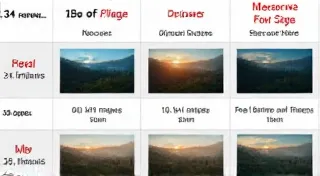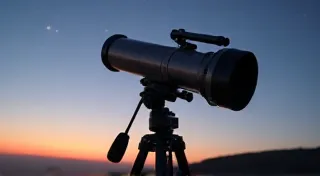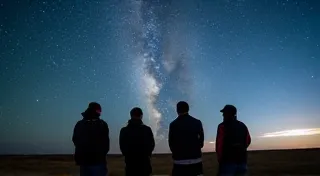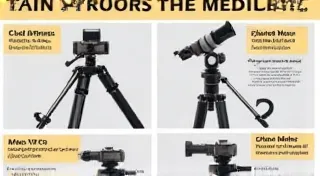Sharing Your Astrophotography: Building a Portfolio and Online Presence
You’ve spent hours under the dark skies, meticulously capturing the beauty of the cosmos. Now what? Sharing your astrophotography work is a crucial step in your journey – it allows you to connect with fellow enthusiasts, receive valuable feedback, and ultimately, grow as an astrophotographer. The journey from capturing an image to sharing it with the world can feel daunting, but the rewards of connecting with a passionate community are well worth the effort. Before you even snap your first frame, consider what you want to achieve and how you’re going to showcase your skills.
Why Share Your Work?
Beyond the sheer enjoyment of showcasing your passion, sharing your astrophotography offers several key benefits:
- Community Connection: Engage with a community of like-minded individuals, learn from their experiences, and share your own insights. This shared passion creates a powerful bond and encourages ongoing learning.
- Constructive Feedback: Receive valuable critiques that can help you identify areas for improvement in your technique and processing. It's challenging to be objective about your own work, and external perspectives are invaluable.
- Motivation and Inspiration: Seeing the work of others, and receiving positive feedback on your own, can be incredibly motivating. The cosmos is vast and complex; seeing how others navigate it can spark new ideas and enthusiasm.
- Recognition and Growth: Building a reputation as a talented astrophotographer can open doors to opportunities, collaborations, and even recognition within the field. Exposure can lead to exciting possibilities, such as exhibiting your work or contributing to publications.
- Sometimes, getting started can feel overwhelming. Don’t worry; even using a smartphone can be a fantastic entry point to capturing those incredible cosmic scenes. Take a look at Astrophotography for Smartphones: Tips and Tricks for a simple introduction.
Building Your Astrophotography Portfolio
Your portfolio is essentially your online resume as an astrophotographer. It's what potential collaborators, followers, or even contest judges will see. Here’s how to build one that shines:
- Curate Your Best Work: Don’t include everything you’ve ever shot. Select images that represent your best technical skills and artistic vision. Be ruthless! It’s better to have a smaller, high-quality portfolio than a sprawling collection of mediocre images.
- Variety is Key: Showcase a range of subjects – nebulae, galaxies, star clusters, the Moon, planets – to demonstrate your versatility. Demonstrating your adaptability can impress viewers and potential collaborators.
- Consistent Style (Optional): While variety is good, having a general aesthetic to your portfolio can make it more visually appealing. This doesn’t mean every image must look identical, but a common color palette or processing style can create cohesion. Consistency adds a layer of professionalism and visual appeal.
- Detailed Captions: Don’t just show the image; tell the story. Include details about the equipment used, the location, the acquisition and processing techniques, and any interesting observations. These captions provide context, enhance the viewer's understanding, and reveal the effort behind the final image.
- Technical Details are Vital: Many viewers, especially within the astrophotography community, are keenly interested in the technical aspects of your images. Include details about your telescope, camera, filters, guiding methods, and processing software. This transparency fosters connection and provides learning opportunities for others.
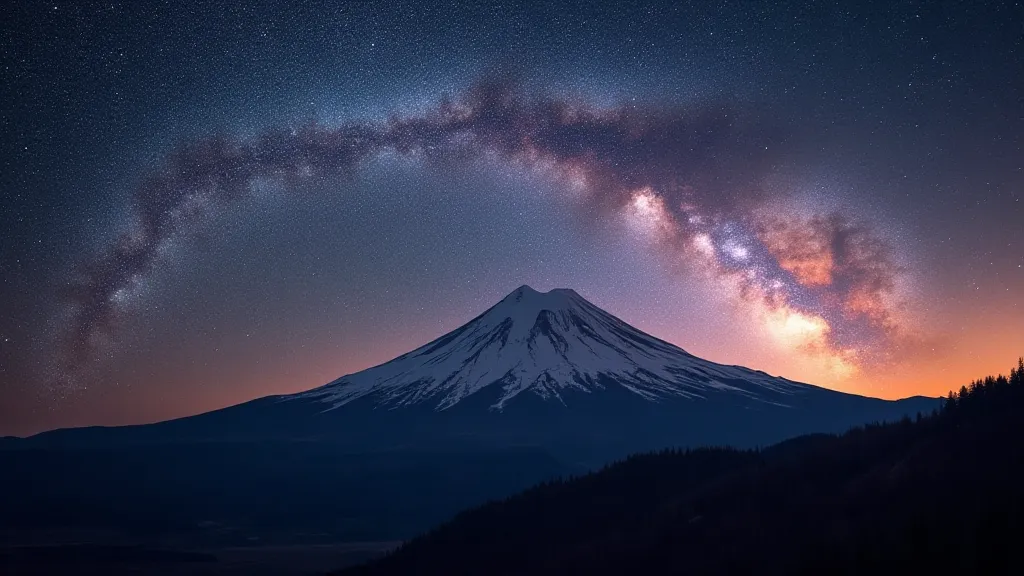
Successfully capturing these stunning images requires a certain level of understanding of celestial objects and processing techniques. Learning about deep-sky objects can be a rewarding journey. For those new to the field, delving into Introduction to Deep Sky Object (DSO) Astrophotography is an excellent place to begin.
Online Platforms for Sharing
Several online platforms are popular within the astrophotography community. Each has its own strengths and weaknesses. Consider these options:
- Flickr: A long-standing platform for photographers of all kinds, Flickr offers ample storage and organizational tools.
- 500px: Known for its high-quality imagery, 500px can help you reach a wider audience and receive more focused feedback.
- Instagram: While image sizes are restricted, Instagram's visual focus and vast user base offer excellent reach. Use relevant hashtags (e.g., #astrophotography, #nightphotography, #deepsky) to increase visibility.
- Facebook Groups: Numerous Facebook groups cater to astrophotography enthusiasts. These are great for sharing work, asking questions, and connecting with others.
- Dedicated Astrophotography Forums: Platforms like Cloudy Nights offer dedicated forums where you can share your work and engage in in-depth discussions.
- Your Own Website: Having your own website gives you complete control over your portfolio's design and presentation. While it requires more effort to set up and maintain, it offers the most professional appearance.
Engaging with Your Audience
Sharing your work isn't just about uploading images; it's about building a community. Here are some tips for engaging with your audience:
- Respond to Comments: Acknowledge and respond to comments on your images. Show that you appreciate the feedback. Genuine engagement fosters a positive community.
- Ask Questions: Encourage discussion by asking questions about your images or the astrophotography process in general.
- Share Your Techniques: Offer insights into your equipment, processing workflows, or capturing strategies. Transparency not only educates but also invites collaboration.
- Participate in Challenges: Astrophotography challenges can be a fun way to push your skills and connect with others.
- Show Your Process: Consider sharing "behind the scenes" glimpses into your astrophotography journey. This might include photos of your equipment setup, screenshots of your processing steps, or even short videos explaining your techniques. This creates a more personal connection with your audience and can inspire others to pursue their own astrophotography adventures.
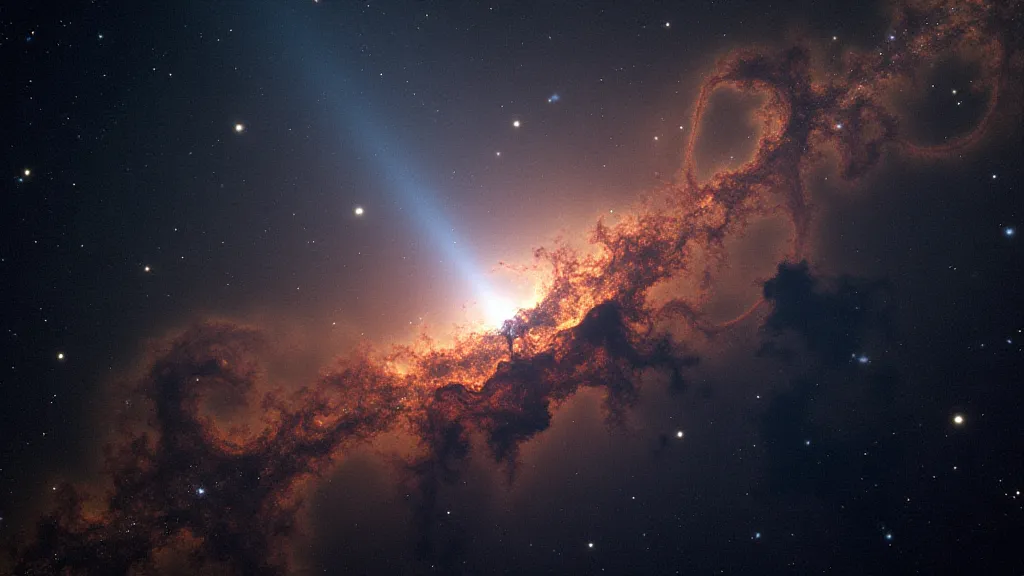
The beauty of these images often lies not just in the final product but also in the complex interplay of light and physics that created them. Occasionally, even an experienced astrophotographer might encounter unusual patterns or anomalies. Understanding these can be a fascinating exercise. It's sometimes difficult to interpret, and mastering the art requires careful observation and a good understanding of diffraction. Consider researching Fractured Light: Mastering the Art of Diffraction Spike Interpretation for a deeper understanding of these phenomena.
Dealing with Feedback
Feedback is essential for growth, but it can sometimes be difficult to hear. Here's how to handle it constructively:
- Don't Take it Personally: Remember that feedback is about the image, not you as a person.
- Listen Carefully: Try to understand the feedback, even if you don’t agree with it.
- Ask Clarifying Questions: If you’re unsure what someone means, ask them to elaborate.
- Consider the Source: Value feedback from experienced astrophotographers or those with a strong eye for detail.
- Apply What You Learn: Use the feedback to identify areas where you can improve your technique or processing.
- Separate Critique from Criticism: It's important to distinguish between constructive critique, which aims to help you improve, and mere criticism, which may be subjective and unhelpful. Focus on the former and learn to filter out the latter.
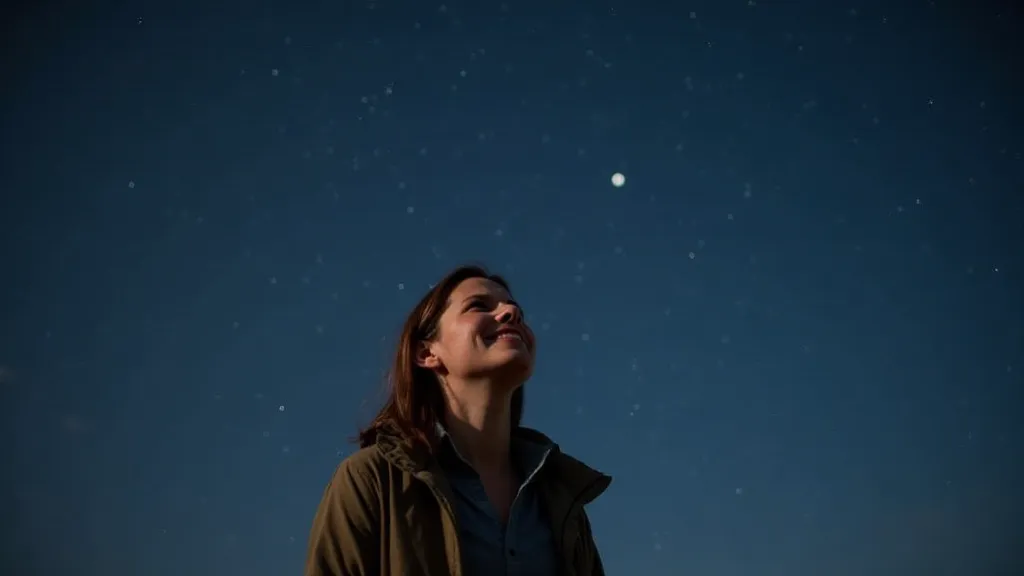
Conclusion
Sharing your astrophotography work is a rewarding experience. It’s an opportunity to connect with others, learn from their expertise, and showcase your passion for the night sky. Embrace the process, be open to feedback, and enjoy the journey of building your online presence. Remember, the universe is vast and full of wonders; your ability to capture and share that beauty is a gift to the world.

